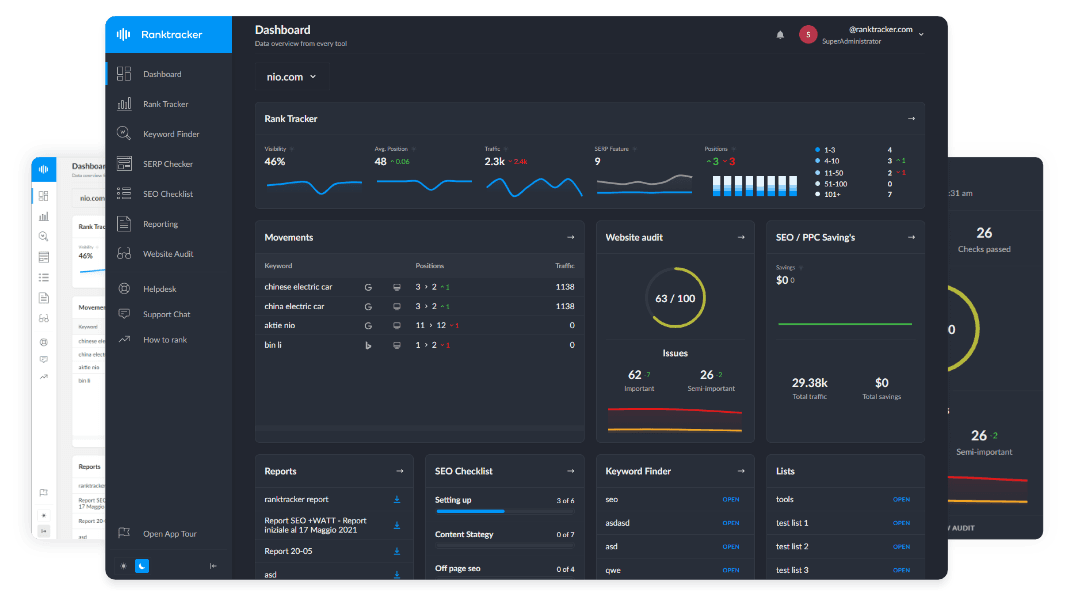Intro
When it comes to video monetization in 2025, both Facebook and YouTube remain leaders—but their payout structures, CPM rates, and creator earnings per 1,000 views (CPM) can be quite different. Here’s how they compare, and what creators need to know to maximize their revenue.
Facebook: Earnings Per 1,000 Views
- CPM Range:
For most creators, Facebook pays $2–$5 per 1,000 monetized views, with top-performing niches and audiences in the U.S., UK, or Canada earning even more (sometimes up to $10+ per 1,000).
- Content Impact:
Finance, business, education, and tech attract higher CPMs than general entertainment or meme content.
- Monetization Model:
Revenue comes from in-stream ads, Ad Breaks, and (until August 2025) Reels monetization.
YouTube: Earnings Per 1,000 Views
- CPM/Playback-based RPM:
YouTube CPMs vary but generally range from $4–$12 per 1,000 ad views, depending on audience, video length, and niche.
- Average Real Earnings (RPM):
Most creators earn between $1.50–$5 per 1,000 total views (RPM = Revenue per Mille, factoring in all monetized and non-monetized views).
- Content Impact:
Educational, finance, tech, and business content see the highest CPMs. Short-form content (YouTube Shorts) pays much less per 1,000 views.
- Monetization Model:
AdSense, channel memberships, Super Chat, YouTube Premium revenue, and sponsored content.
Comparison Table
| Platform | CPM Range per 1,000 Monetized Views | Average RPM per 1,000 Total Views | Main Monetization Methods |
| $2–$5 (can be $10+ in top niches) | $2–$5 | In-stream ads, Ad Breaks | |
| YouTube | $4–$12 (top CPM), $1.50–$5 (RPM) | $1.50–$5 | AdSense, memberships, SuperChat |
Which Platform Pays More?
-
YouTube generally pays a higher CPM for monetized views, especially in the most lucrative niches and for longer videos. However, not all YouTube views are monetized, so real RPM can be similar to Facebook’s for general content.
-
Facebook can be more lucrative for viral content, content in top-paying countries, and for those who take advantage of multiple monetization tools.
What Influences Your Earnings?
-
Audience Region: U.S., Canada, UK, and Western Europe bring higher CPMs on both platforms.
-
Content Niche: Finance, business, and education command the highest CPMs.
-
Video Length & Engagement: Longer, highly engaging videos earn more via mid-roll ads.
-
Ad Blockers & Policies: Both platforms only pay for monetized views, not every play.
Conclusion
For most creators in 2025, YouTube offers a higher potential CPM, especially for specialized, long-form content and established channels. Facebook’s CPM is competitive, particularly for viral videos and audiences in premium countries. Many top creators cross-post content on both platforms to maximize their earning potential.

